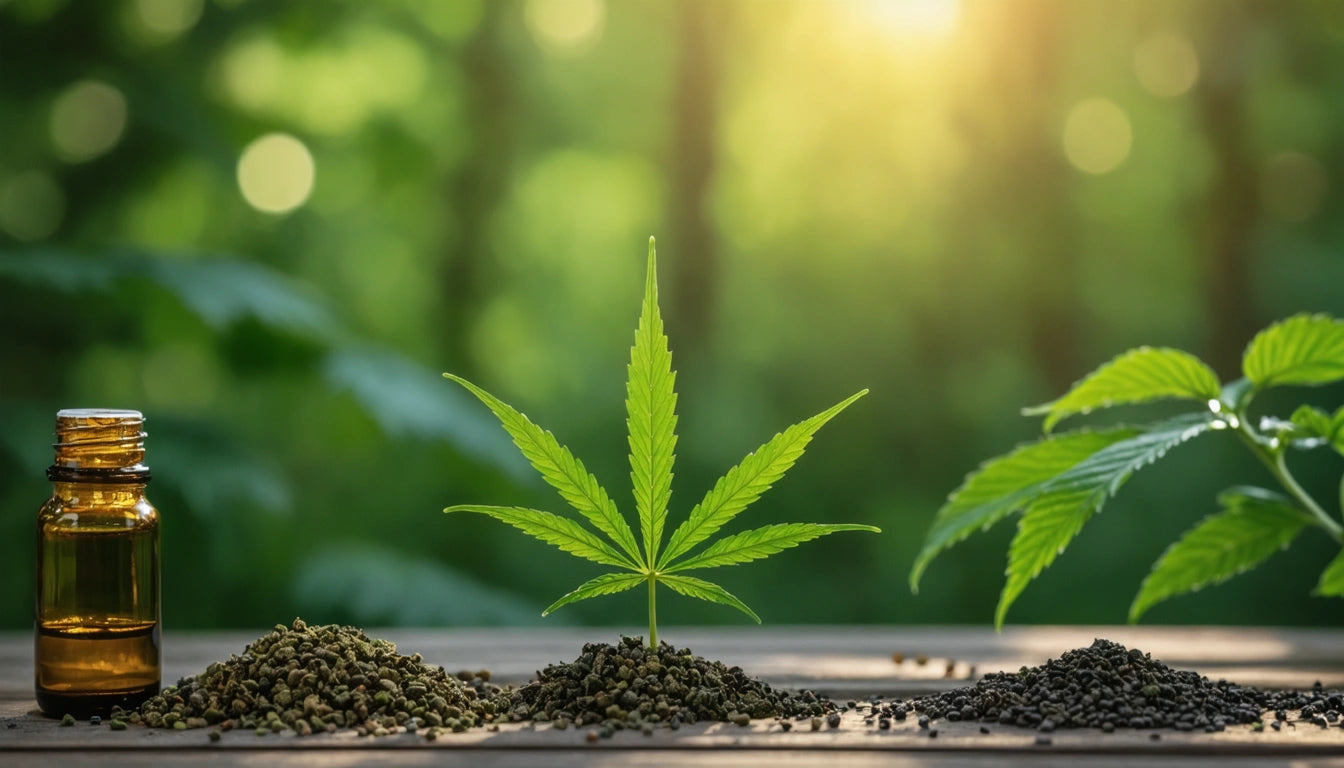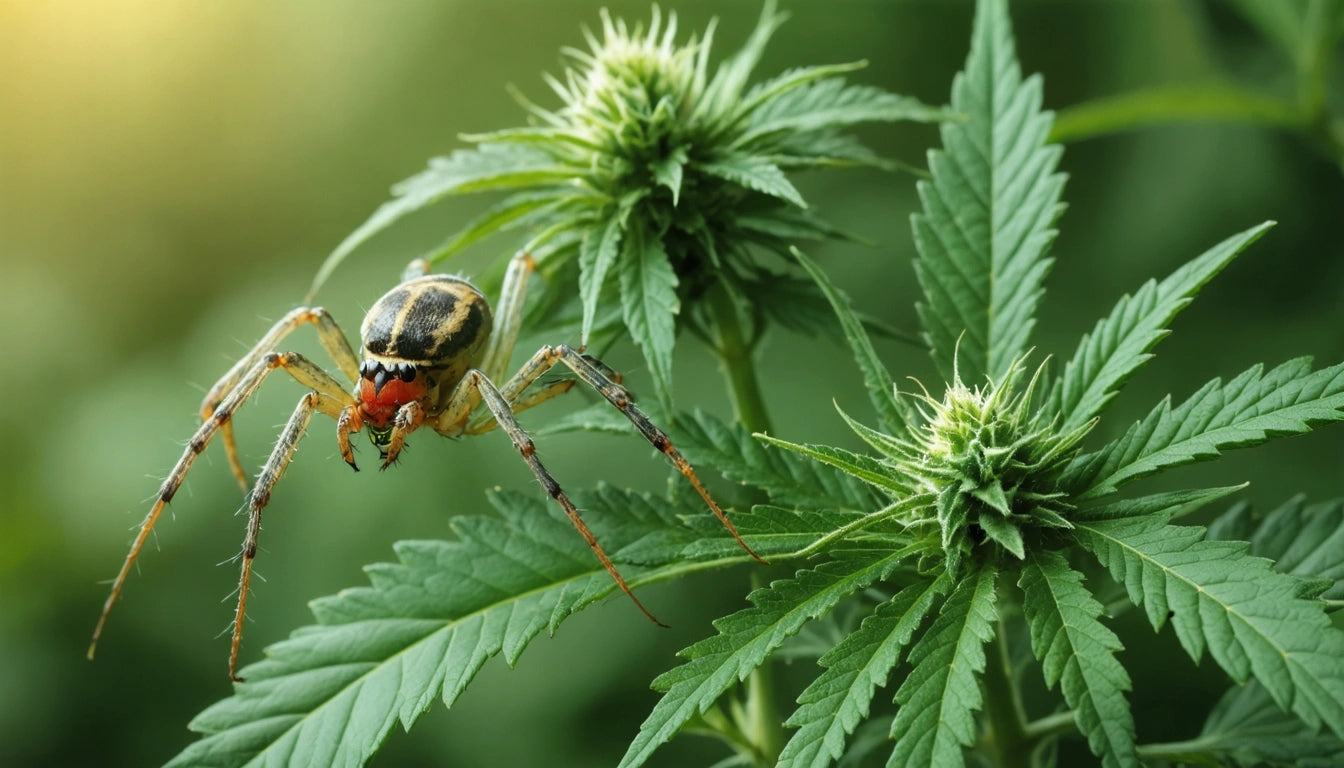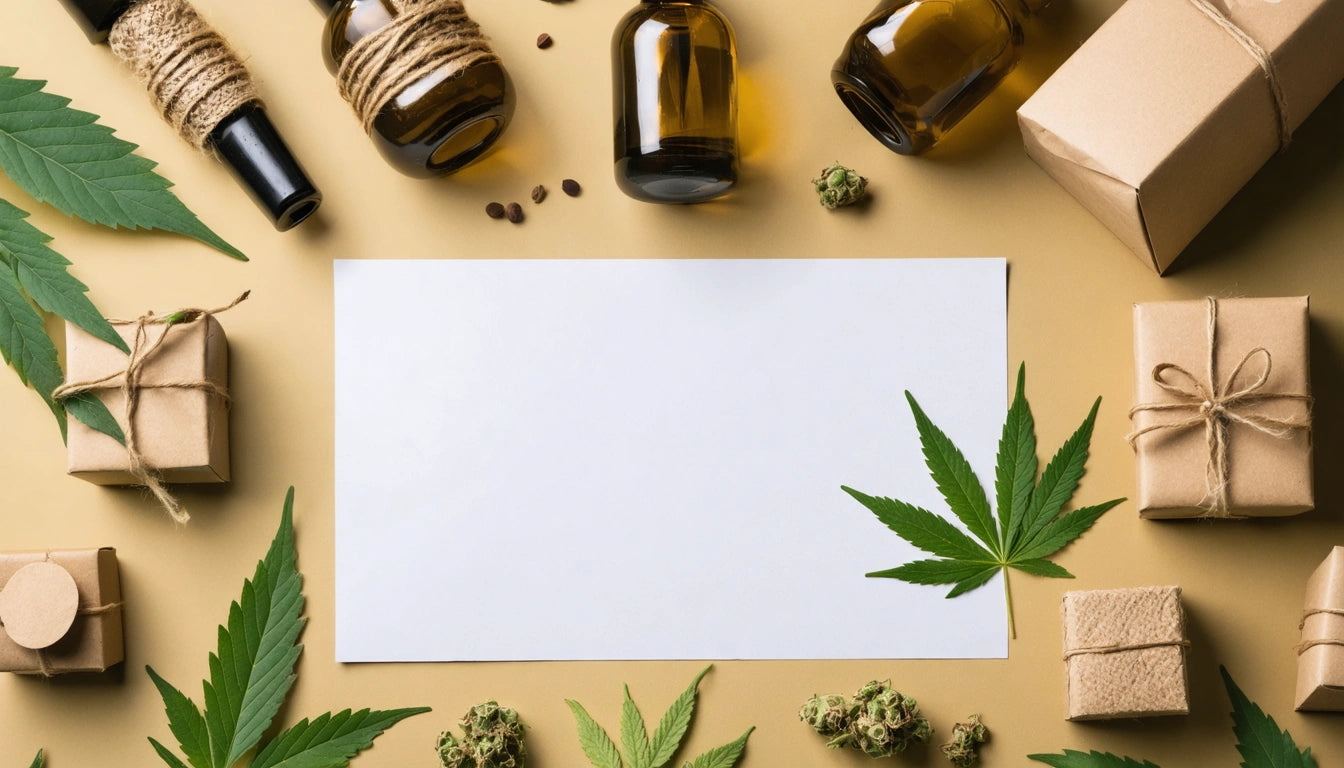Table of Contents
In the increasingly competitive cannabis market, strategic packaging design has become essential for differentiating product lines and communicating key information to consumers. Well-executed packaging systems help customers quickly identify strains, effects, and formats while building brand recognition and loyalty.
Strategic Differentiation Through Packaging Design
Effective product differentiation starts with understanding your brand architecture and how various offerings relate to one another. According to research on packaging style guides, brands that maintain consistent visual elements while strategically varying others see higher recognition rates across product lines.
The foundation of any successful differentiation strategy includes:
- A cohesive visual language that ties all products together
- Strategic variation in color, typography, or imagery to signal differences
- Clear hierarchical information that prioritizes the most important differentiators
- Consistent placement of regulatory information
Creating Visual Systems for Product Categories
Visual systems provide the framework for differentiation while maintaining brand cohesion. Color psychology plays a crucial role in signaling product attributes, with studies showing consumers make subconscious associations between colors and effects.
Color Coding Strategies
Implementing a color-coding system is among the most effective differentiation techniques. For example:
- Purple/indigo for indica strains or relaxing effects
- Yellow/orange for sativa strains or energizing effects
- Green for hybrid varieties or balanced effects
- Blue for high-CBD or wellness-focused products
When selecting container types, consider how various closure systems can reinforce your brand identity while maintaining compliance. Child-resistant jar closures and caps come in diverse colors and styles that can be incorporated into your visual differentiation system.
Strain-Specific Design Approaches
When differentiating by strain, packaging design can reflect the unique characteristics, origins, or effects of each variety. Visual storytelling techniques help communicate these distinctions effectively.
Strain Differentiation Methods
- Unique illustrations or patterns that reference terpene profiles
- Typography variation that reflects strain character (bold for potent strains, elegant for premium varieties)
- Origin-inspired design elements for landrace or heritage strains
- Flavor-suggestive imagery or color gradients
The balance between minimalist and maximalist approaches depends on your target audience and competitive positioning. Premium strains often benefit from restrained, sophisticated design, while unique or limited-edition strains might warrant more elaborate visual treatments.
Effects-Based Visual Communication
For consumers focused on specific experiences, effects-based differentiation provides immediate visual cues about expected outcomes. This approach is particularly valuable for medical patients and experience-focused recreational users.
Effective techniques include:
- Iconography systems that indicate primary effects (relaxation, energy, focus, creativity)
- Intensity scales that communicate potency or effect strength
- Time-of-day indicators (morning, daytime, evening, night)
- Activity pairing suggestions through subtle imagery
Research on medical versus recreational packaging design shows that effects-based systems resonate across both markets when implemented thoughtfully.
Format Differentiation Strategies
Different consumption formats require distinct packaging approaches while maintaining brand consistency. The physical constraints and use cases of each format present both challenges and opportunities for differentiation.
Format-Specific Considerations
- Flower packaging: Visibility windows, humidity control, and preservation features
- Concentrates: Temperature stability, precise dosing information, and extraction method indicators
- Edibles: Food safety cues, onset time indicators, and portion guidance
- Vapes: Hardware visibility, strain/effect color coding, and technology highlights
The psychology of packaging shapes suggests that container form itself communicates product attributes. Angular containers signal potency and precision, while rounded forms suggest smoothness and approachability.
Implementation Challenges and Solutions
Implementing differentiated packaging systems presents several common challenges:
- Regulatory compliance across multiple jurisdictions
- Production complexity and inventory management
- Cost considerations with multiple packaging variations
- Maintaining brand cohesion despite variations
Solutions include developing modular systems with standardized components that can be mixed and matched, using digital printing for smaller runs, and creating comprehensive design templates that maintain consistency while allowing for variation.
Future Innovations in Product Line Differentiation
The future of cannabis packaging differentiation lies in greater personalization and interactive elements. Emerging trends include:
- Augmented reality experiences tied to specific product lines
- Smart packaging with NFC or QR integration for strain-specific content
- Environmentally responsive packaging that changes with temperature or light
- Customizable elements that allow for limited editions without complete redesigns
As the industry matures, cultural influences on packaging design will continue to evolve, creating new opportunities for meaningful differentiation that resonates with increasingly sophisticated consumers.











Leave a comment
All comments are moderated before being published.
This site is protected by hCaptcha and the hCaptcha Privacy Policy and Terms of Service apply.